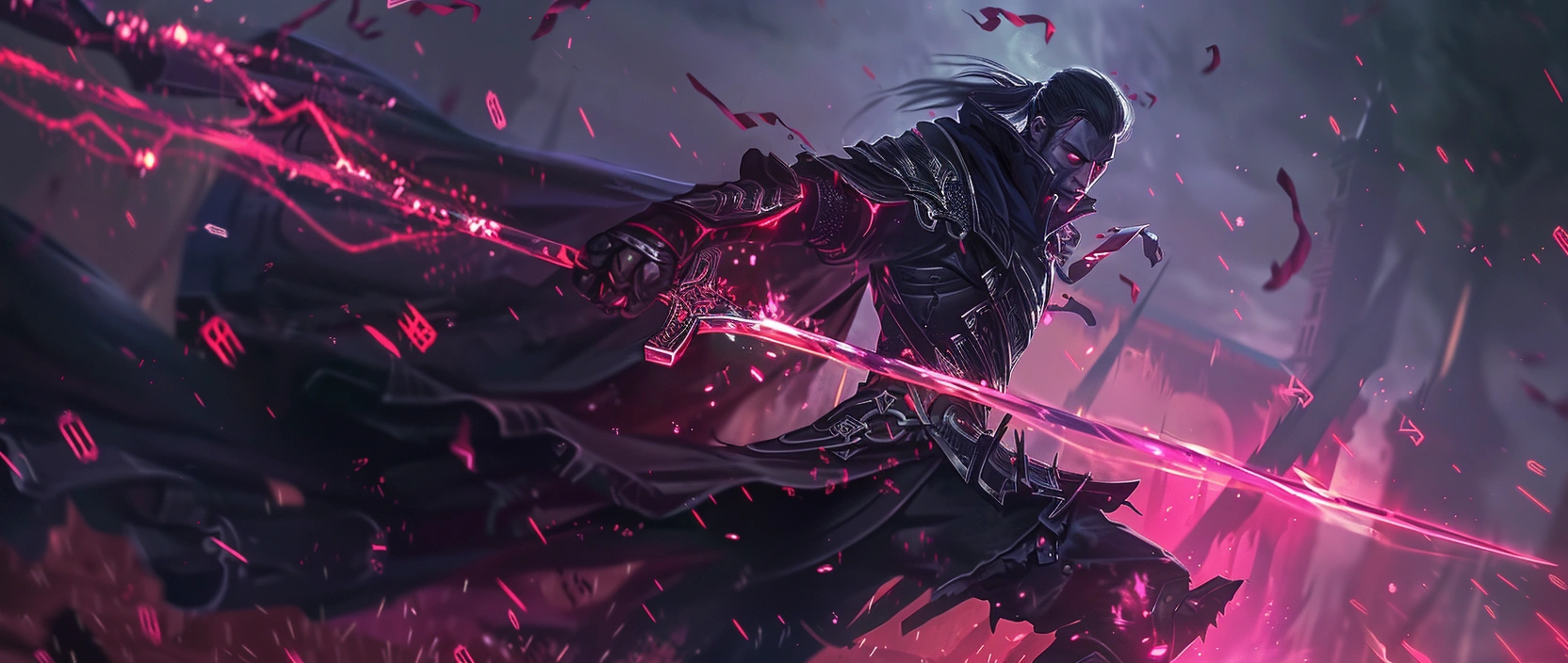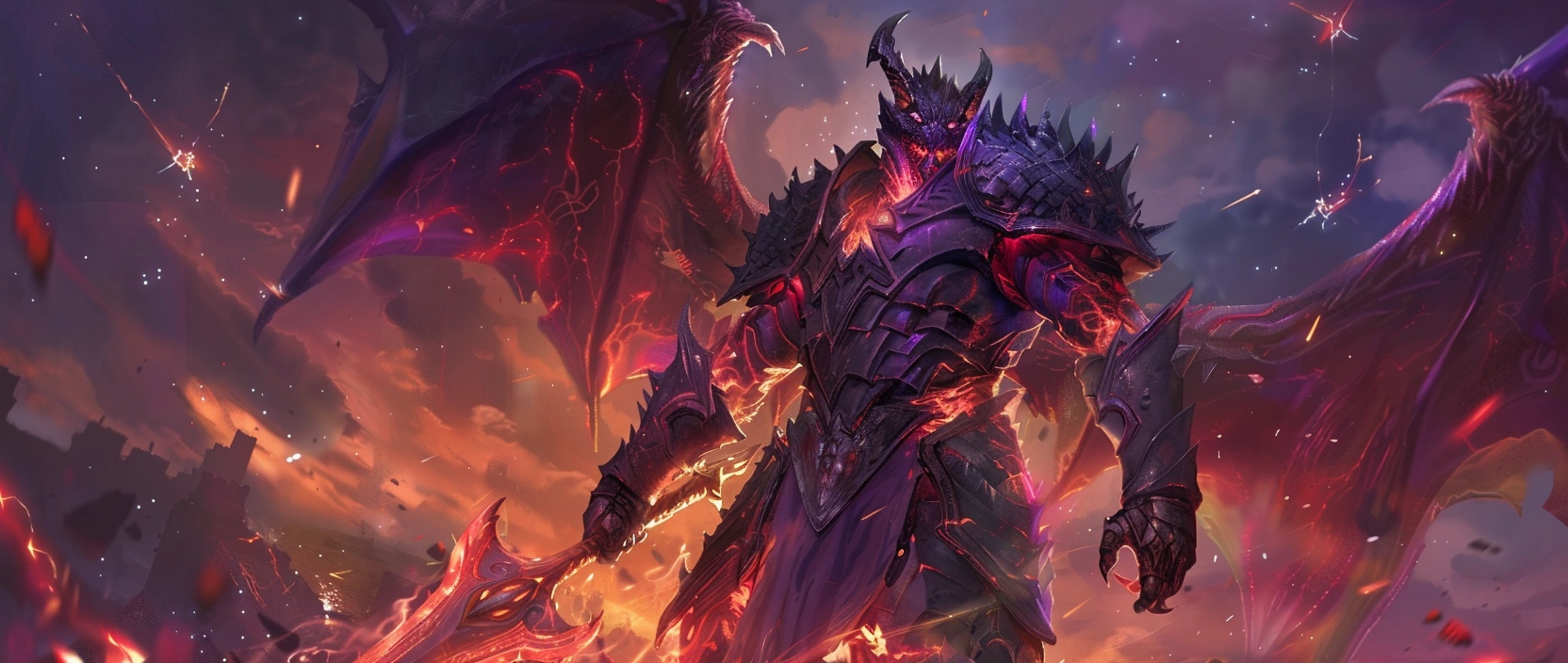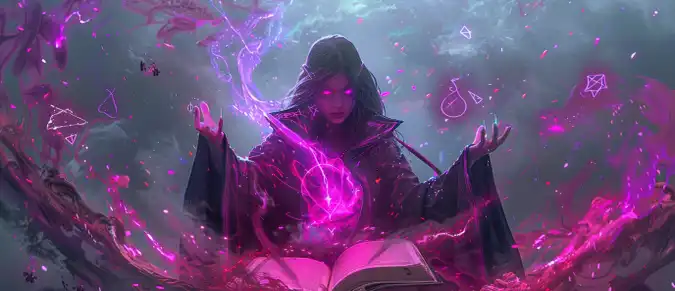Heroes of NFT is a strategic collectible card game built on the Avalanche blockchain, where tactical decision-making is combined with true ownership of digital assets. The project unites classic TCG mechanics, metaverse elements, an internal economic model, and a full ecosystem of NFT cards. Thanks to a carefully structured tokenomics system, diverse gameplay modes, and strong social components, the game is gradually evolving into a comprehensive Web3 environment in which player progress is directly connected to the value of their digital holdings. In this article, we examine the core mechanics of Heroes of NFT, analyze its technological foundation, explore its internal economy, and review the project’s strengths, challenges, and long-term potential.
Contents
- Concept of Heroes of NFT and Structure of the Game World
- Technical Foundation and System Architecture
- Gameplay Mechanics and Internal Structure
- Economy and Tokenomics of Heroes of NFT
- Prospects, Risks, and Project Significance
- Conclusion

1. Concept of Heroes of NFT and Structure of the Game World
Heroes of NFT is a TCG-style strategy game in which players build decks from unique NFT heroes and engage in turn-based battles. The game’s setting unfolds in the universe of Luminoria — a multilayered world that blends fantasy elements with techno-magic aesthetics. Heroes belong to various classes and possess distinctive skills, making each NFT card a standalone tactical unit. Combat in Heroes of NFT is not luck-driven; instead, victory depends on strategy, sequencing, and understanding character abilities. Expanding the narrative, the developers are building a rich mythology in which characters are tied to story arcs, global events, and world-shaping conflicts. The lore evolves as the metaverse grows, creating the sense of an expanding living world. This allows players to view their cards not only as gameplay items but as part of a broader narrative identity that shapes the unique atmosphere of Heroes of NFT.
The team aims to create more than just a card battler — their vision extends toward building an interconnected digital universe. According to the documentation, the project is steadily moving toward a metaverse-like environment (“Metasphere”), where players will be able to own land, participate in social hubs, and develop custom in-game activities. This approach transforms the world from a static battlefield into an ever-expanding ecosystem. Locations, events, and evolving lore contribute to the sense of a breathing, dynamic universe, while collectible NFTs become part of Luminoria’s historical legacy. This ongoing expansion keeps players invested as new mechanics and story updates redefine the boundaries of the world. The active involvement of the community, whose ideas often find their way into the roadmap, further strengthens the connection between players and the project.
Every NFT card carries unique attributes and rarity grades, adding strategic depth and replayability. Players can create powerful combinations, experiment with deck structures, and search for optimal synergies. Thanks to its flexible world-building approach, Heroes of NFT merges collecting, battle strategy, and social interaction into a cohesive and engaging environment. Over time, the complexity of available tactics increases, keeping the game compelling for both new and experienced players. The ongoing development of PvP modes and competitive tournaments encourages deeper exploration of advanced strategies and progression paths. Altogether, this design philosophy makes the game world not only diverse but also long-lasting.
2. Technical Foundation and Architecture of the Project
The technological framework of Heroes of NFT is built on the Avalanche blockchain, which ensures high throughput and low transaction fees. This allows the game to integrate NFT assets directly into gameplay without the lag or financial overhead experienced in some other networks. The system architecture includes a dedicated game client, server-side battle logic, and a suite of smart contracts governing assets, tokens, and marketplace operations. Avalanche provides additional benefits through its stability and efficiency, resulting in smoother gameplay and consistent performance. The developers have also implemented mechanisms for contract upgrades to introduce new functionalities over time. This approach adds flexibility to the system and allows it to adapt to evolving market demands.
Smart contracts manage the minting of cards, rarity distribution, reward allocation, and interactions with the HON and HRM tokens. Card metadata is structured to ensure fair matchmaking, accurate stat representation, and transparent verification of each NFT’s origin. The hybrid on-chain/off-chain data model preserves security while maintaining performance. The team places strong emphasis on data protection, implementing multi-layered security measures. This is essential for a project handling valuable digital assets, as vulnerabilities could undermine community trust. Additionally, the smart-contract architecture is designed to support new item types and mechanics without disrupting the existing ecosystem.
The project employs a modular design philosophy that enables seamless introduction of new gameplay modes, card functionalities, and metaverse elements. Plans for the Metasphere involve integrating land ownership, social areas, rental systems, and user-generated activities. This direction underscores the team’s long-term vision. The developers also intend to introduce cross-platform interaction tools to increase accessibility. As a result, the Metasphere may grow into a fully featured social and economic hub within the project.
3. Gameplay Mechanics and Internal Structure
The gameplay of Heroes of NFT revolves around constructing decks, choosing the right hero combinations, and participating in turn-based battles. Each card has its own set of attributes that influence tactical decisions. Players must master synergy building, role distribution, and adaptive strategy to succeed. Various card types — heroes, items, spells — unlock numerous strategic scenarios. Success in battle depends on understanding one’s deck composition and adjusting to the opponent’s unexpected moves. This creates unique encounters and encourages players to refine their skills continuously. The team also actively updates the game balance, ensuring that strategies remain diverse and evolving.
Key gameplay features include:
- NFT Heroes: each with abilities and rarity tiers forming the foundation of every deck.
- Turn-based combat: where synergy, timing, and tactical sequencing determine victory.
- PvP and PvE modes: offering competitive duels and narrative-driven tasks.
- Progression system: enabling players to unlock rewards, upgrade collections, and gain new tools.
- Guilds: providing team-based content, collective challenges, and access to tournaments.
Beyond standard battles, the game features tournaments, ranked ladders, and special events that foster ongoing engagement. Tactical use of spells and items makes each fight unpredictable. Seasonal events introduce exclusive rewards and rare NFT assets, which further diversify progression. This system motivates players to explore different approaches and stay active in the game. As a result, Heroes of NFT maintains long-term relevance through constant updates and competitive depth.

4. Economy and Tokenomics of Heroes of NFT
The Heroes of NFT ecosystem includes two main tokens — HON and HRM — as well as a large variety of NFT assets. HON functions as the governance and utility token, while HRM serves as the internal currency earned through gameplay. NFT cards, items, cosmetics, and land parcels create a multilayered economic model. These assets have value both in combat and within trading systems, generating consistent demand. The rarity of items directly influences pricing, making collection strategy an integral part of gameplay.
| Economic Element | Description | Role in the Ecosystem |
|---|---|---|
| HON | Primary governance token | Voting, staking access, project development participation |
| HRM | In-game currency | Rewards for battles, tournament participation, trading |
| NFT Cards | Heroes, items, upgrades | Gameplay advantages and market value |
| Metasphere Land | Future territorial NFTs | Rental systems, social zones, player-created activities |
The economic structure is designed for long-term resilience, with each token fulfilling a distinct purpose. This division reduces pressure on the economy and helps maintain balance. The project also incorporates token-burning mechanisms that regulate supply and support asset value. NFT utility across multiple gameplay layers fuels organic market demand and keeps the ecosystem active. These mechanics work together to create a stable, sustainable economic environment for players and collectors alike.
5. Prospects, Risks, and Overall Significance
Heroes of NFT has the potential to become a strong representative of the Web3 TCG segment thanks to its combination of strategy, collectible depth, and metaverse functionality. Its advantage lies in carefully crafted mechanics and strong community engagement. The gradual expansion of the Metasphere opens new layers of gameplay and social interaction. Features such as social hubs and user-driven tools may elevate the project into a broader digital platform. Such elements also attract creative communities that can contribute with custom content.
However, the project faces challenges tied to the nature of Web3 gaming — market volatility, competition, and reliance on player retention. NFT-driven games must consistently evolve to stay relevant. Maintaining economic balance is essential to avoid token inflation or ecosystem stagnation. Player interest also depends on continuous content updates, new cards, modes, or features. As a result, consistent development and support of the Metasphere remain key priorities for long-term success.
Despite these risks, Heroes of NFT stands out as a compelling example of how a card game can expand into a full Web3 ecosystem. Its blend of gameplay depth and digital ownership illustrates the potential of blockchain-driven TCGs. Future development may position it as a benchmark for projects that aim to merge strategic gameplay with asset-based economies. The project demonstrates the trajectory of Web3 gaming and its capacity to reshape traditional genres.
6. Conclusion
Heroes of NFT is more than a collectible card game — it is a layered ecosystem that merges tactical gameplay, digital asset ownership, and metaverse elements. The project shows how the TCG genre can evolve beyond traditional boundaries, creating space for economic activity, creativity, and user-driven interaction. By combining gameplay depth with tokenized assets, Heroes of NFT forms a stable foundation for long-term engagement. As the Metasphere continues to expand, the game may become a central hub for Web3 interaction. Its balanced integration of mechanics and tokenomics positions the project for steady growth and lasting relevance.




